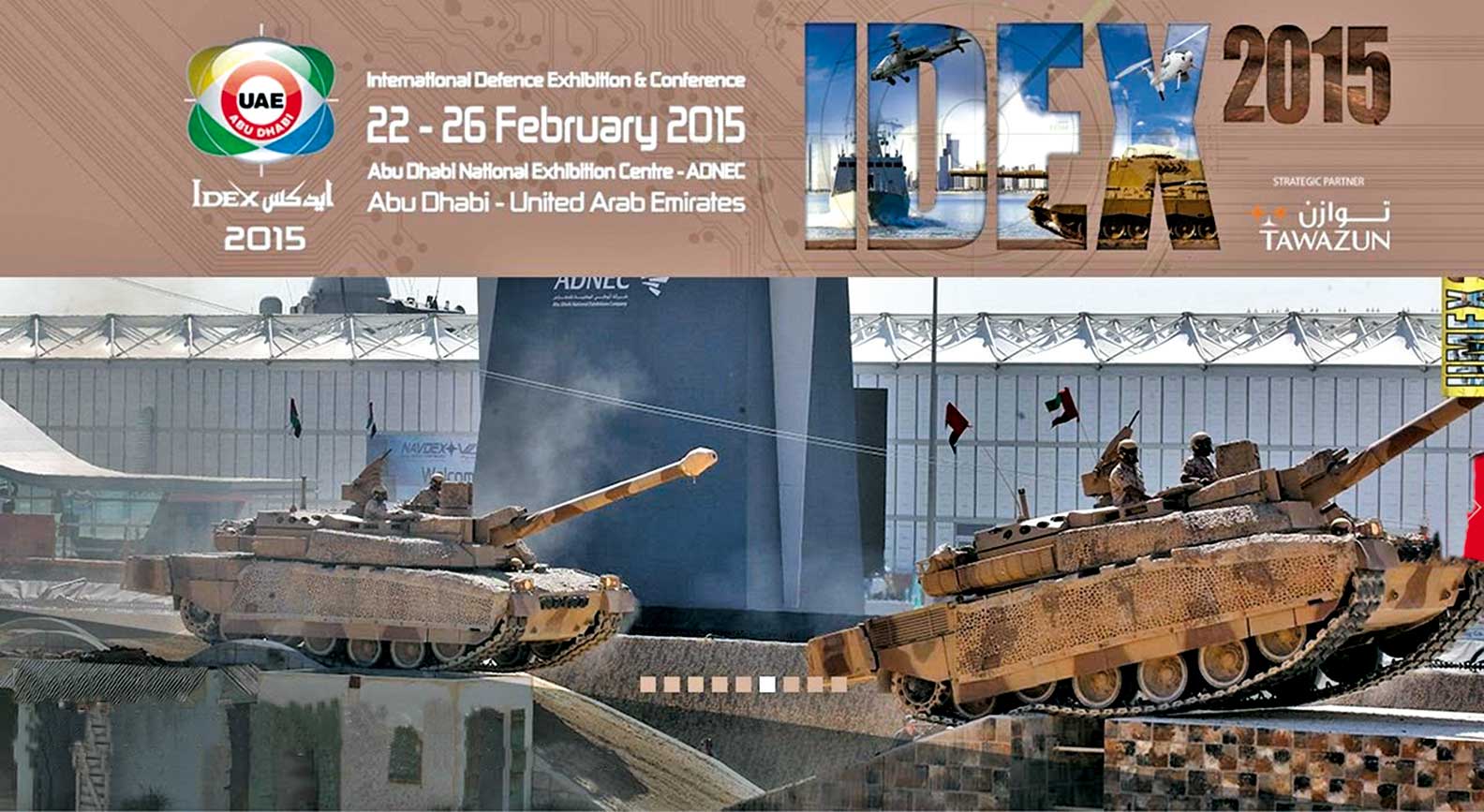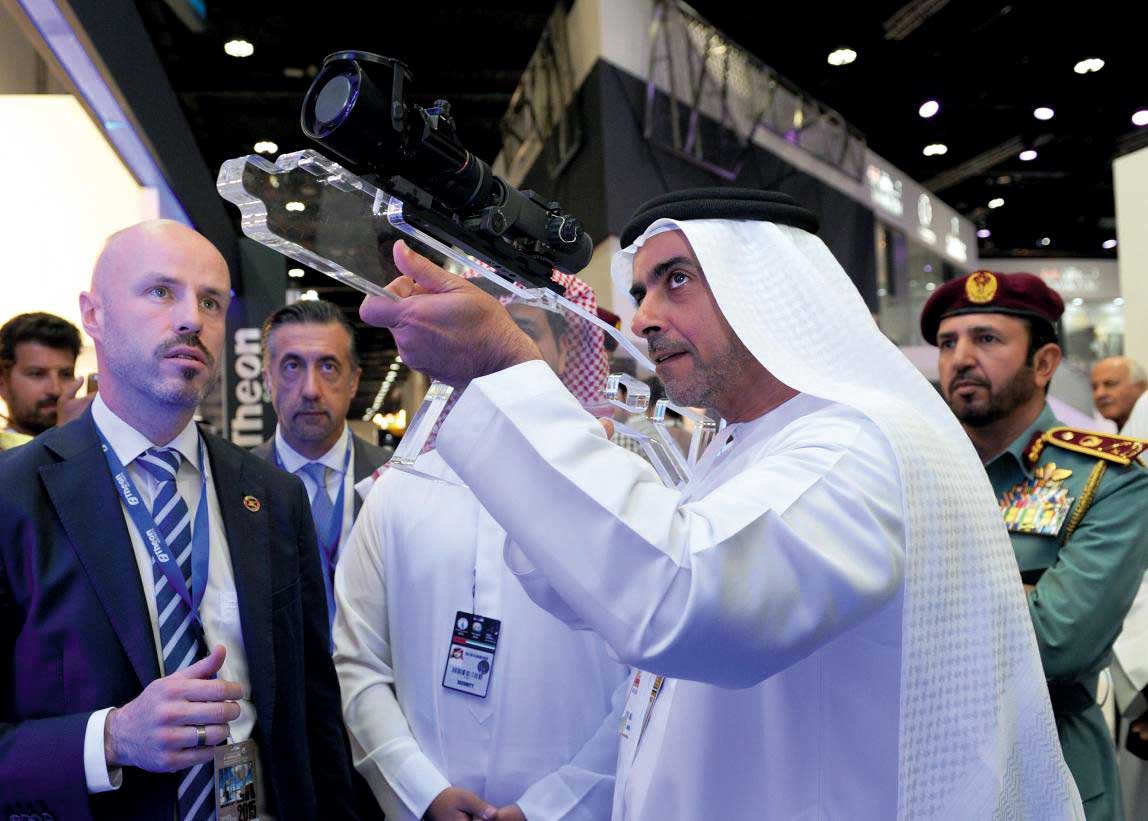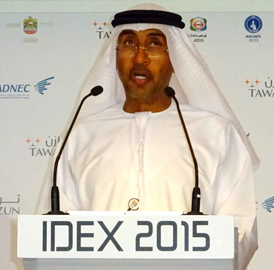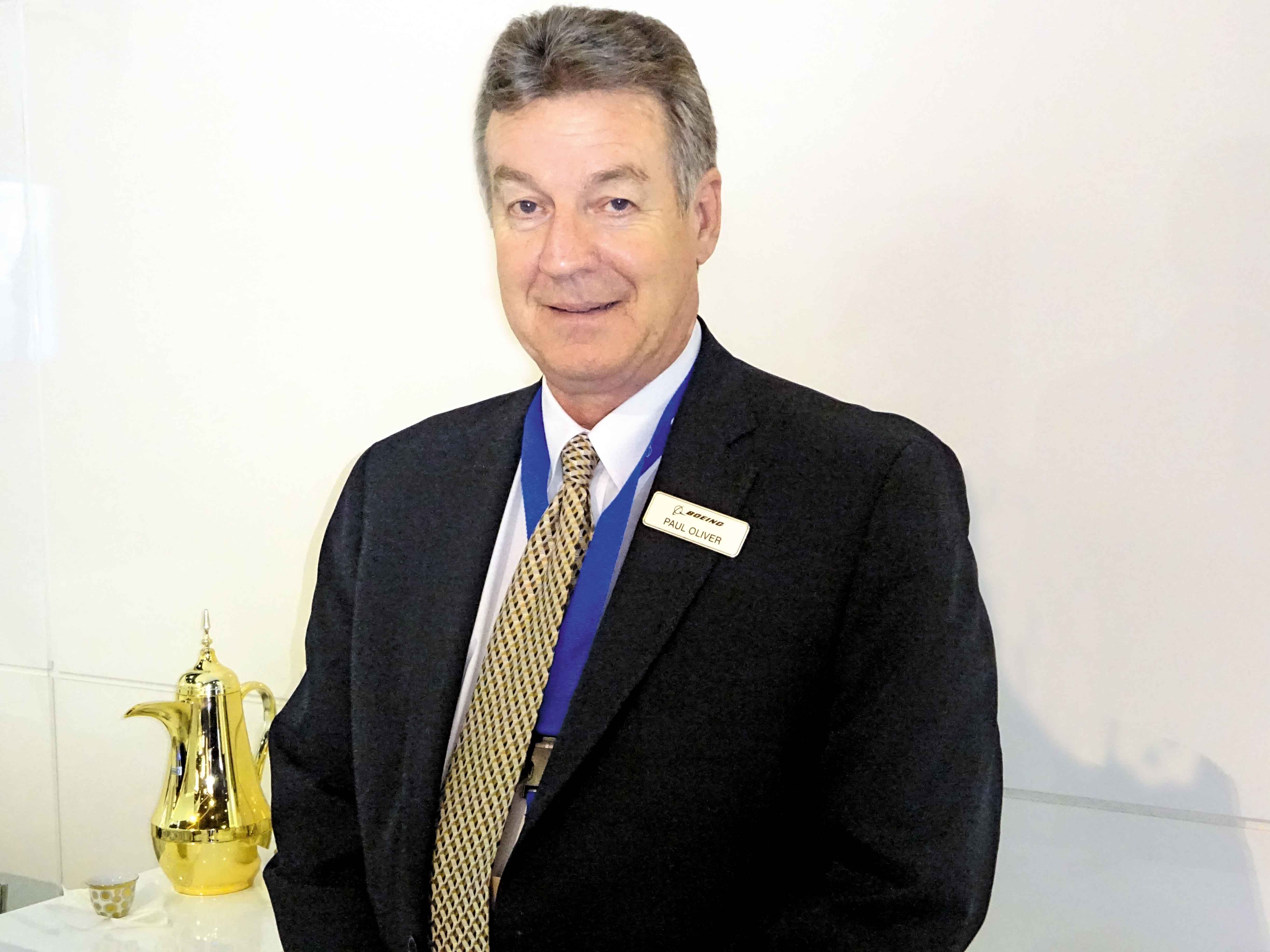| I had
just been stationed in the region as Chief of Bureau, Middle East, to cover developments
from Iran and Oman on the Arabian Sea to Morocco on the Atlantic with Abu Dhabi
as the base. I worked with UNI, a great organisation then and it was the first
international venture for an Indian news agency to operate overseas on commercial
basis. I was assigned with the management of that operation also. (I may mention
here that this could have only been done successfully if the top management inspired
and conceded initiative, and both were plentiful. Mr Ibrahim al Abed, then Director
of the Emirates News Agency WAM and now Director General of the National Media
Council (NMC) gave us tremendous support, and I say often that I was lucky to
have everyone's blessings). The creation of the GCC gave me an opportunity
to interact with regional leaders and understand and appreciate the concern the
Gulf Governments had for their new-found black gold that yielded them billions
of dollars. The then UAE President, Sheikh Zayed bin Sultan al Nahyan, who hosted
the summit, emphasised the importance of regional security and stability but did
not identify any threat. Nor did the Kings/ Emirs/ Sultan of Saudi Arabia, Bahrain,
Kuwait, Qatar and Oman.

But the six countries had already started buying
the best of the contemporary weapons. They decided to forge economic
cooperation towards one currency (hasn’t happened yet), establishment of a Rapid
Deployment Force (RDF) called Peninsula Shield to be stationed in Saudi Arabia,
and coordination of their security requirements including information sharing.
The first GCC summit also declared that an attack on any one of them will be considered
an attack on all of them. While the six countries apparently tilted towards
Iraq in the 1980-88 Iran-Iraq War, particularly as Iran had threatened to export
Islamic revolution, the six partners did not hesitate to attack Iraq after it
invaded and occupied Kuwait in 1990. They invited the US to intervene to evict
Iraq and in the final operation early 1991, also sent troops to hit Iraqi positions
in Kuwait. That in fact was the first test of their will and military capability.

The
successful culmination of the 1991 US-led Operation Desert Storm also opened an
opportunity for the GCC states to acquire more weapons, including those which
the US had deployed and demonstrated successfully, like Raytheon’s Patriot anti-missile
missile, Boeing’s Apache helicopters and Lockheed Martin’s F 16 aircraft. The
British, French, German and Italian companies also literally have had a field
day since then. Dubai, the beautiful cosmopolitan and commercial oasis from
the Mediterranean to Singapore began holding the Dubai Air Show from 1989, and
in 1993, UAE held its first land and naval exhibition, IDEX’93, in Abu Dhabi.
The first major deal announced then was that of the French Leclerc Main Battle
Tank (MBT) for the UAE army, which preferred it because it was operated by a three-man
crew compared to others’ four-man crew.

I have seen most of the air shows
and IDEX events in the UAE ever since, and have been a witness to the rapid buildup
of military capability of the six GCC states. They have the oil dollars to buy
what they want, and also the military muscle to physically intervene, which they
have in the recent months by attacking ISIS terrorists in Syria and Iraq and also
the Houthi rebels in Yemen. More than 100 warplanes in a Saudi-led coalition conducted
hundreds of sorties against the Houthis with UAE Foreign Minister Sheikh Abdullah
saying that Iran was providing them both arms and money. A naval blockade has
also been imposed around Yemen. Saudi Arabia and UAE are among the biggest
arms buyers. Significantly, UAE’s political and military leaders lay a great emphasis
on newer technologies. For instance, UAE was the second state after Saudi Arabia
to buy the Patriot missile, have it remanufactured for upgrades, and now, it appears
that the US has offered its very latest SM-3 (short to intermediate range shipboard/
land-based Standard Missile). At the IDEX 2015 in February, Raytheon held briefings
on this system and advertised it heavily.

It is no secret that the best
of the radars and weapon systems for sea, land, and aerial platforms come from
Raytheon, and there is no war that the US forces fight without its technology.
Company spokesperson Bailey Sargent told this writer that various systems developed
by the company are sold only after approval from the US Government, and once a
deal is done, Raytheon provides unmatched support. 
Several deals worth around US$ five billion were announced at the IDEX
by spokesman Staff Maj Gen Obaid Al Ketbi, some of them with UAE’s own companies.
Notably, the UAE has also set up an enormous capability by building armoured vehicles,
artillery guns, ships (some patrol boats have also been bought by India), and
even unmanned aerial vehicles (UAVs). How to manage offsets is a lesson many countries,
including India, can learn from the UAE. In the 1980s, this country did not have
any industrial infrastructures except some oil refineries and an aluminum plant.
Today, thanks to the offsets, UAE also has export orders worth US$ nine billion
for composite materials and other items for both Boeing and Airbus. UAE
combat jet fleet consists of French Mirage 2000-9 and Lockheed Martin’s F 16 Block
60, both of which have specific and exclusive enhancements paid for by this country.
For instance, UAE invested some US$ three billion for Northrop Grumman’s AESA
radar and other systems for the F 16, and if some country wants to buy the latest
version of this aircraft, some royalty will go to the UAE. UAE is also negotiating
with US General Atomics for its Predator UAV. Pentagon has cleared the Predator
XP for India and the UAE, but Maj Gen Ketbi told India
Strategic that the UAE version will have some extras and the version
being sought is not Predator XP but Predator EP (Emirati Predator).  Honeywell,
which is all pervasive on civil and military aerospace systems, gave demonstrations
of its new technologies, while Boeing, which dominates the Gulf region in civil
and military aircraft sales, gave live demos of its ScanEagle shipboard drone. Paul
Oliver, Boeing’s Vice President for Middle East and Africa, said that Boeing offered
various capabilities in aircraft, helicopters, space, ISR (Intelligence, Surveillance
and Reconnaissance) and command and control and the company was always committed
to key partnerships. Notably, the Gulf Governments have displayed a pragmatic
and liberal stance in international affairs. Stability in the oil-rich Gulf region,
and security of their oil-found wealth, is the strategic key to global peace. |